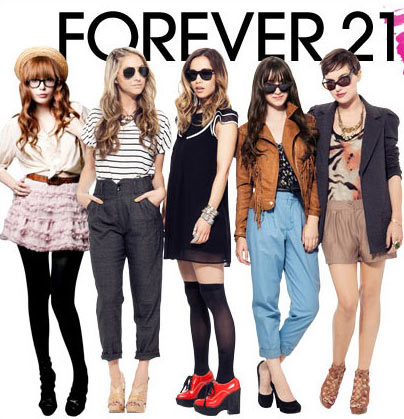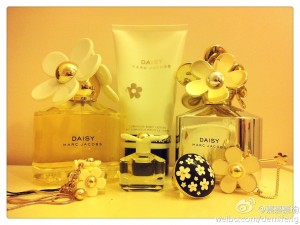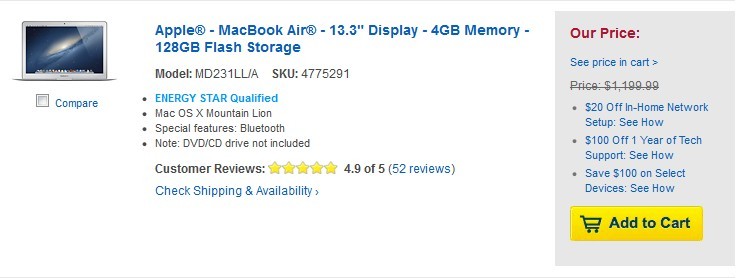Do you believe that giving customers too many choices can overwhelm and lead to fewer sales? Here is a university study that explain this kind of phenomenon.
The Famous Marketing Study About Too Many Choices
Here’s how the study worked:
Sheena Iyengar from Columbia University set up a table laden with jams outside of an upscale grocery store in Menlo Park, CA. Over a period of two consecutive Saturdays, research assistants dressed up as store employees and offered samples of either 6 or 24 flavors of Wilkin and Sons Jams, a British jelly purveyor known for exotic flavors.
Prior to this study, the common marketing theory was that more choices are better for customers. People like more options, so providing more flavors should lead to more sales.
The results from this study proved otherwise.
During the time periods when 24 flavors were offered, 60% of people stopped to sample the jams, compared to 40% when only 6 flavors were offered. These numbers seem in favor of more choices, but the important question is this: which group purchased more?
Of the customers who sampled 24 flavors, only 3% purchased, but of the customers who sampled 6, 30% did the same.
If you run those numbers based on 100 people, 60 would stop when 24 flavors were offered, but less than 2 purchase (1.8 to be exact). When 6 flavors were sampled, 40 stopped at the table, and 12 purchased.
This reminds me of my own experience shopping in Forever 21,an American chain of  clothing retailers. I always be attracted to a large number of choices, but when it comes time to make a purchase, too many options delay my decision marking, I may even give up the purchase. Forever 21 provide a lot of clothes with too much different styles. I always get overwhelmed. I walk in the stores many times, but I never purchase anything there except last week.
clothing retailers. I always be attracted to a large number of choices, but when it comes time to make a purchase, too many options delay my decision marking, I may even give up the purchase. Forever 21 provide a lot of clothes with too much different styles. I always get overwhelmed. I walk in the stores many times, but I never purchase anything there except last week.
Companies should be aware that giving customers too many choices actually can overwhelm and lead to fewer sales. But what should be the perfect amount of choices? I will talk about it later on.
http://blog.kissmetrics.com/too-many-choices/





